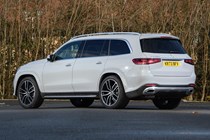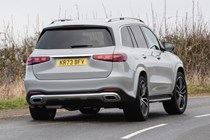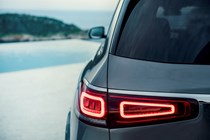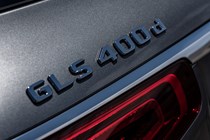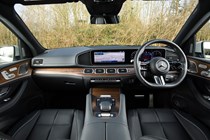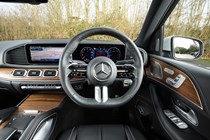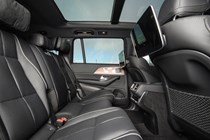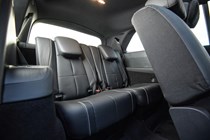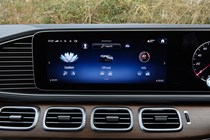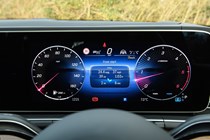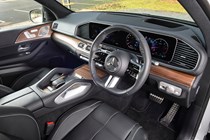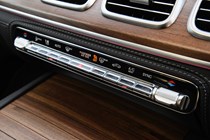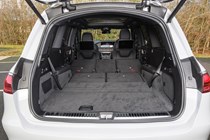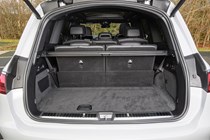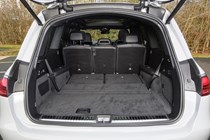
Mercedes-Benz GLS engines, drive and performance
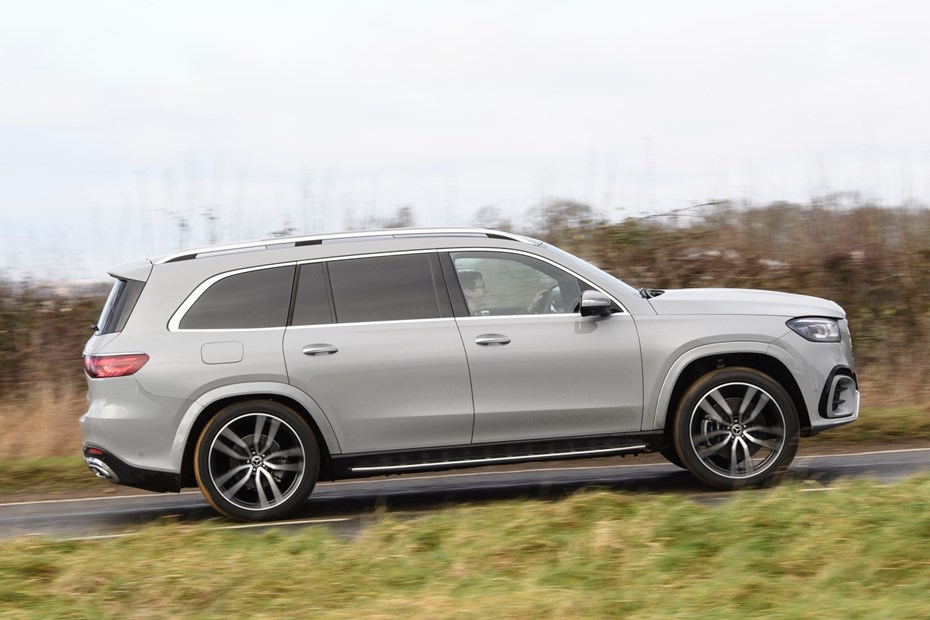
- Not the most comprehensive engine range
- Strong performance in all
- No plug-in hybrid option
Petrol engines
There are three petrol engines to pick from, the 381hp 3.0-litre six-cylinder 450, or a pair of 4.0-litre V8s in the 612hp AMG and 557hp Maybach. We’ve not sampled the 450 in the GLS, but we know from other Mercedes that it’s powerful but not as smooth as what you’ll find in a Range Rover or BMW X7. It also needs working harder than the equivalent diesel and isn’t any faster on paper.
We are yet to drive either the AMG GLS 63 or Maybach GLS 600, which share the same basic 4.0-litre petrol V8 tuned for different power, but on paper each delivers monstrous performance and thirst for super unleaded. That despite each being fitted with a 22hp mild-hybrid system. To see just how good/bad those figures are, look at our specs page.
Diesel engines
There’s a single 450d six-cylinder diesel available, and it’s our pick of the range. Like the other engines, you get a smooth nine-speed automatic gearbox feeding power to all four wheels. It has 367hp, with more of this available low in the engine’s rev range than the 450 petrol, making for more relaxed progress.
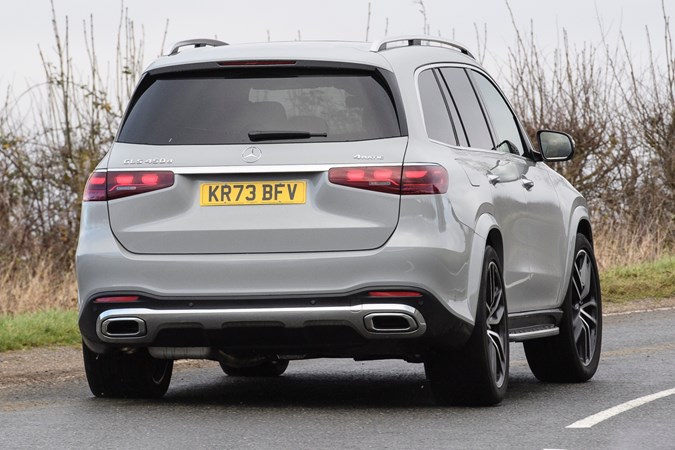
Despite being the entry-level model within the range it delivers more than ample performance and the engine is quiet at a cruise. There is a bit of vibration through the steering wheel at idle and it sounds more like a V6 diesel Ford Ranger than a luxury SUV when pushed, though.
View full specs
How does the Mercedes-Benz GLS drive?
- Focus on comfort over anything else
- Not particularly agile
- Clever suspension options available abroad
The GLS proves a relaxing car to drive thanks to underpinnings that are designed to boost comfort. It comes with adaptive air suspension as standard, which adjusts its characteristics on the fly to suit the road conditions – and also keeps the car level, regardless of load.
It floats over smooth surfaces and adjusts itself impressively well – even Sport mode offers a decent degree of comfort. Leave the car in Comfort and it can get a bit wallowy over undulating road surfaces. It can sometimes thud into bigger holes and, with such large wheel sizes available (up to 23 inches), this feeling is heightened. A Range Rover is ultimately softer, but isn’t quite as consistent as the GLS.
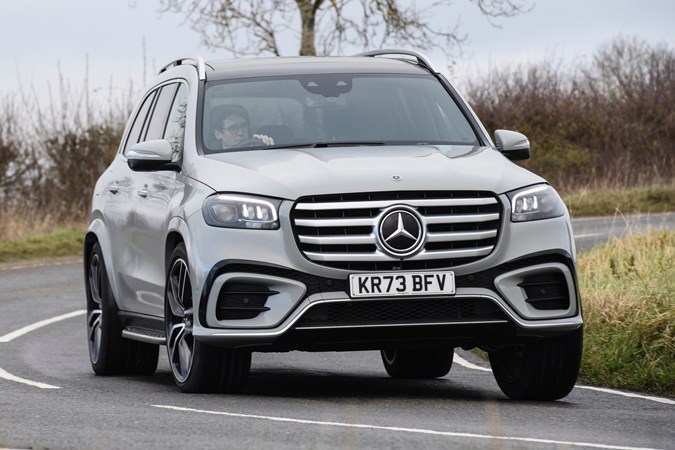
The GLS is capable of being hustled down a country road thanks to plentiful grip and precise steering. There’s plenty of body lean though, so although it’s quite satisfying when you’re working within its limits, it gets ragged as you push against them. A Range Rover isn’t much different here, with the X7 providing a slightly softer option. We’re yet to sample the AMG, although no doubt it’ll be more agile.
There’s not a huge amount of feedback in the steering wheel, but you wouldn’t really expect there to be. It’s easy to drive the GLS though, which will be far more of a priority than how sporty it feels. If you tow regularly, then also be aware that while Benz and Maybach models can haul up to 3,500kg of braked trailer, the AMG manages a still good 3,300kg.




